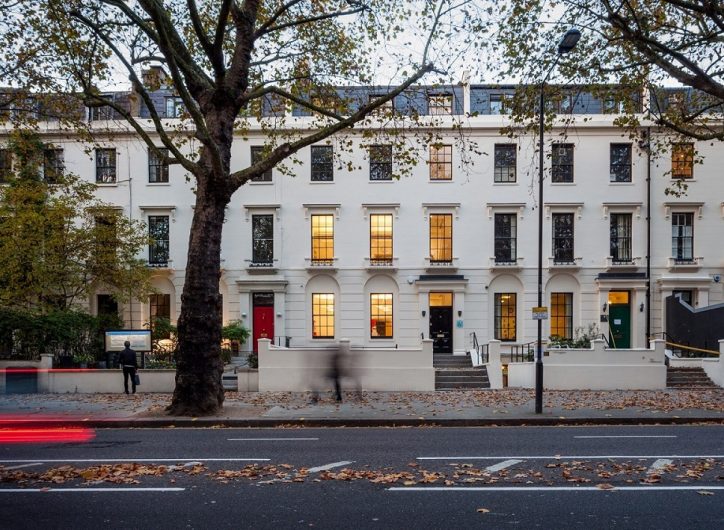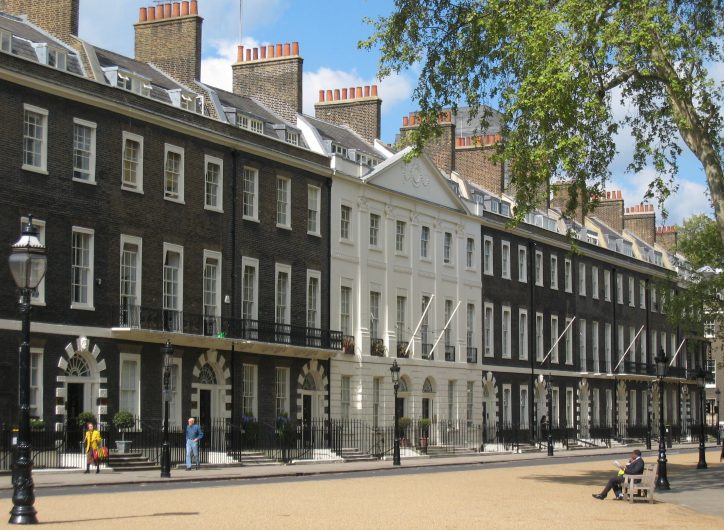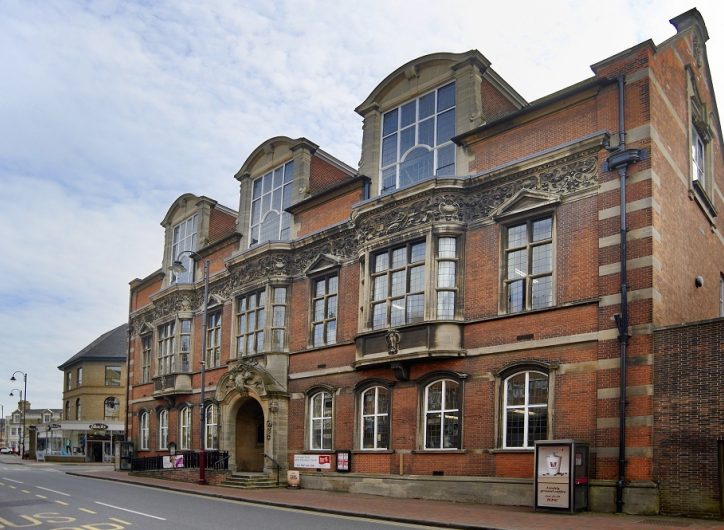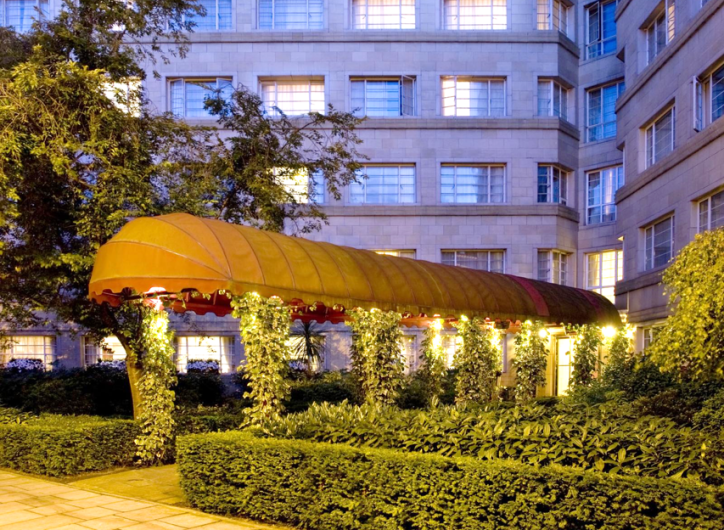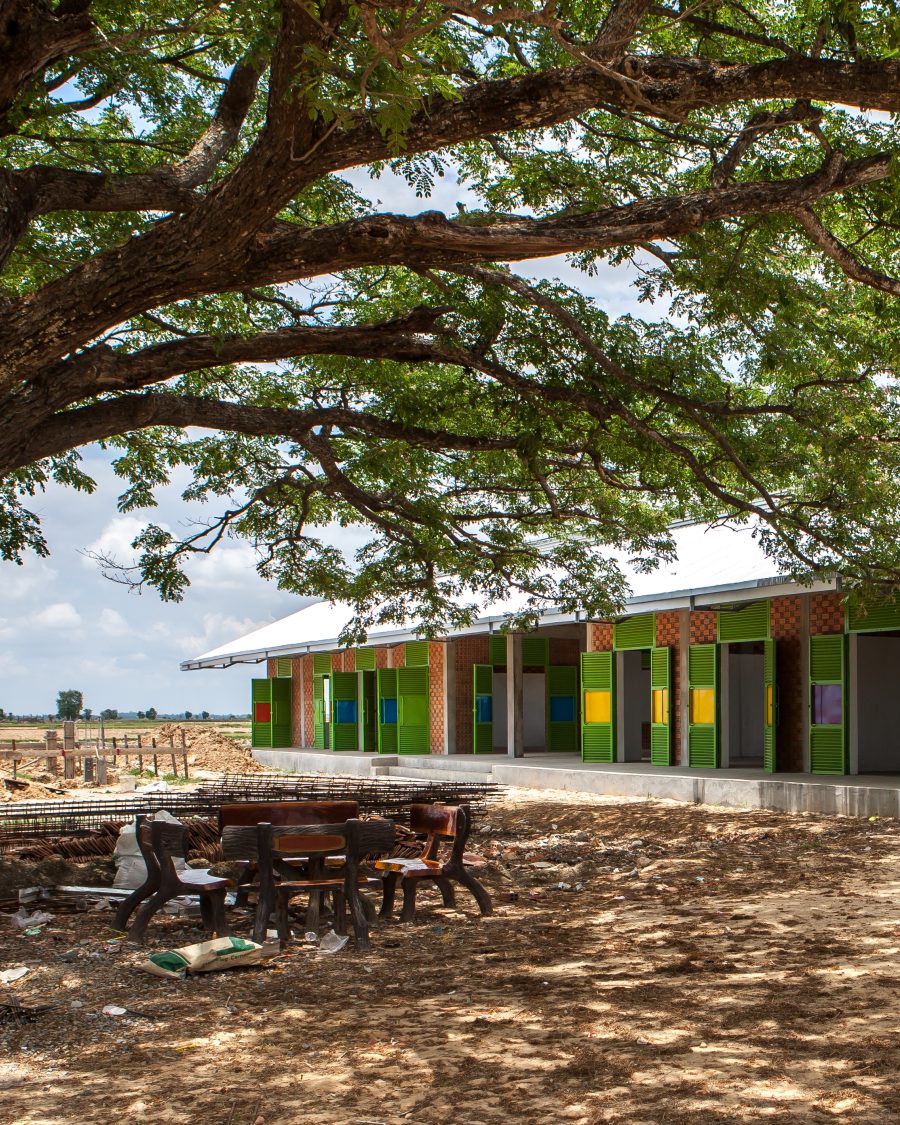
Collaborating with Weston Williamson + Partners, Engenuiti and Building Trust International, we helped to create a much-need school in remote Cambodia comprising three classrooms, a library and amphitheatre for 250 school children.
In these extreme environmental conditions, the main challenge was to create cool learning spaces that at the same time are both bright and airy. And crucially, all this had to be achieved without any active mechanical and electrical systems.

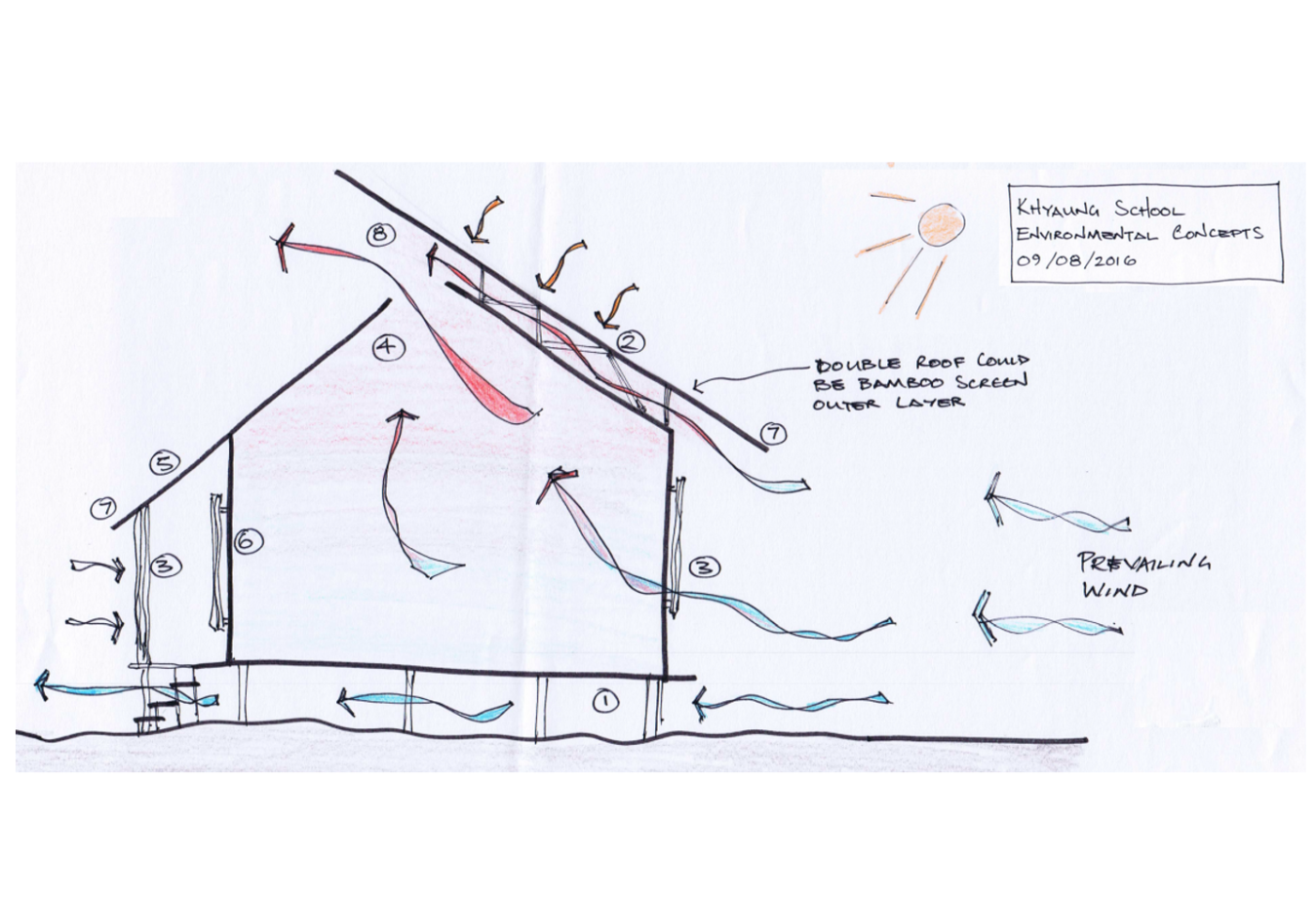
This was a great opportunity to showcase the full potential of passive environmental design and building simulation. Where ordinarily you could rely on active systems, this building needed entirely natural ventilation and temperature management.
The strategy made use of solar shading, the prevailing wind, thermal mass and a ventilated building envelope. Small holes in the ventilated-brick work allow for background diffuse daylight while offering full protection from direct solar gains. At the same time, they provide even background air movement and allow the bricks to be cooled during the night, then provide pre-cooled air into the classrooms the next day.
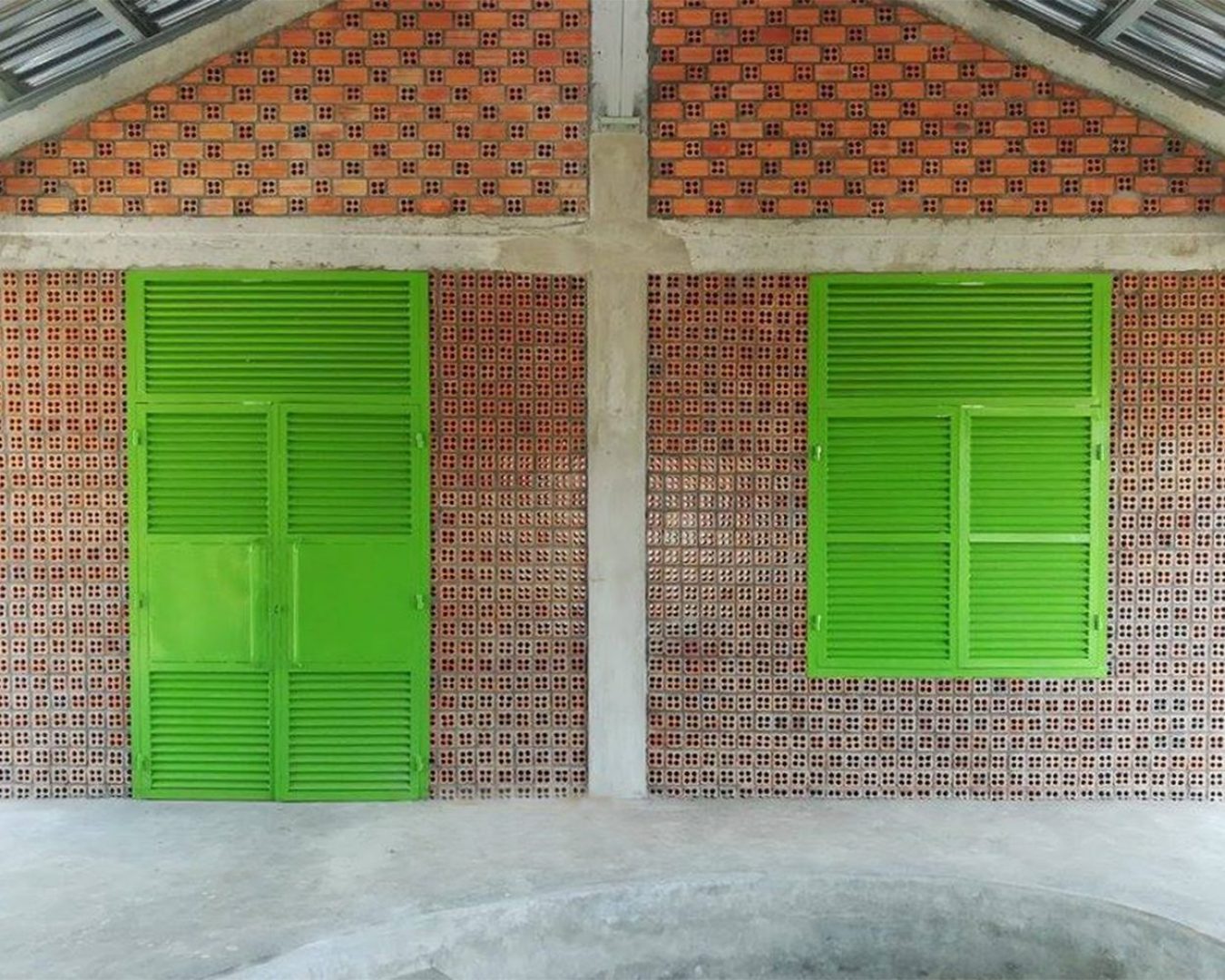
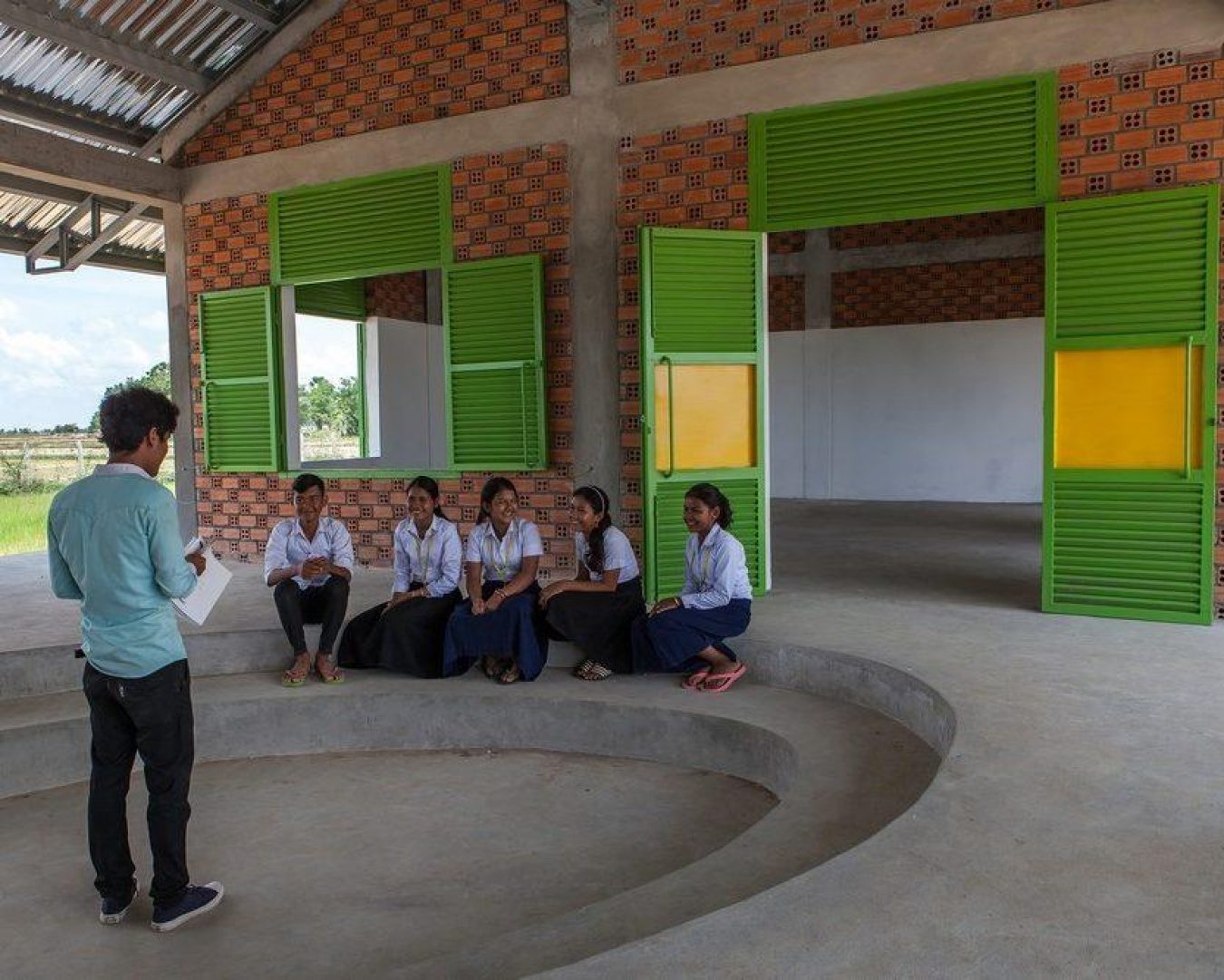
An important element of our process was optioneering and detailed modelling to evaluate the environmental performance. Too little airflow into the classrooms would and the background ventilation would be too low, but too much would deplete the thermal ‘coolth’ storage too quickly.
As part of the design process we investigated varying sizes of windows, doors and openings for temperature management, along with the best orientation for environmental performance and withstanding prevailing winds and rain.

The strategy made use of solar shading, the prevailing wind, thermal mass and a ventilated building envelope. Small holes in the ventilated-brick work allow for background diffuse daylight while offering full protection from direct solar gains. At the same time, they provide even background air movement and allow the bricks to be cooled during the night, then provide pre-cooled air into the classrooms the next day
Locally-sourced materials were used and provided by nearby communities. This included the red-clay ventilated bricks, the ‘top hat’ zinc roof with shading verandas, and flooring reinforced with bamboo.
We’re proud to have been involved in this life-changing initiative and to see the project make such a difference to local children. The success was also recognised by World Architecture News, who named it as the winner of their 2018 Colour in Architecture Award.

